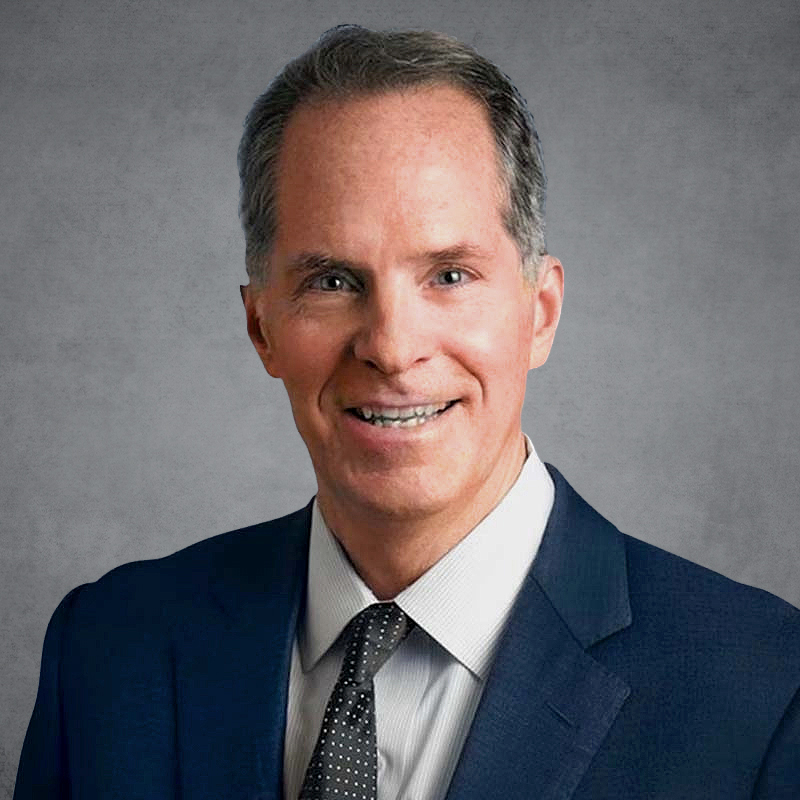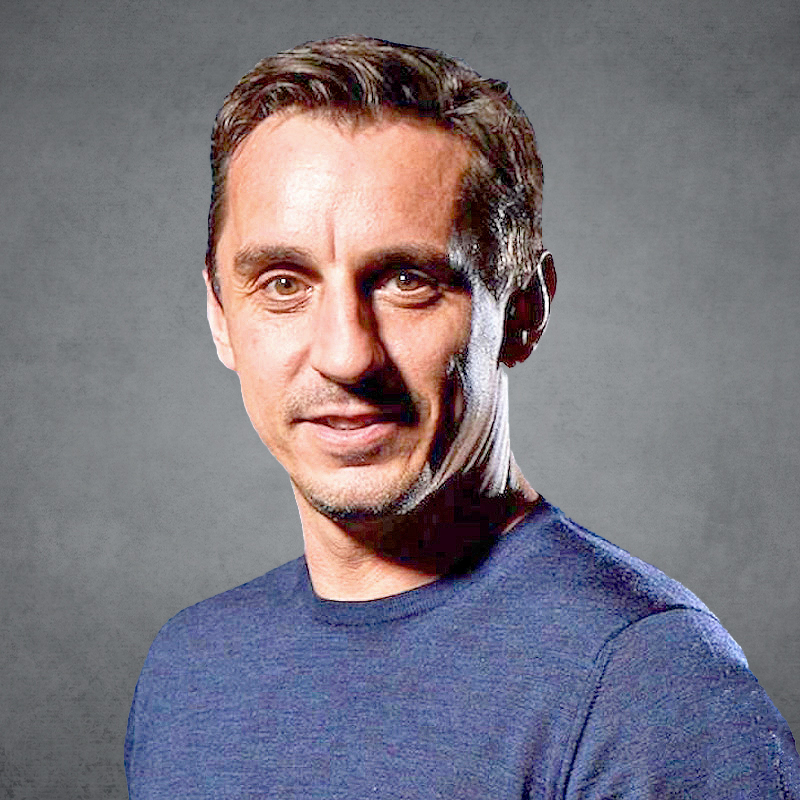Making the Leap: Transforming Telecom for Tomorrow


Executive Perspectives
To lead the next generation of digitalization, an upgraded and modern digital infrastructure is critical. Our current mobile infrastructure has served us well during an era of consumer digitalization and the growth of the app economy. But to meet the demands of the future – such as the green transition, automating industrial value chains and improving the efficiency of government operations – we need to go beyond the “best effort” connectivity of 4G and Wi-Fi and make the full leap toward 5G.
The U.S. and China have thrived in the consumer platform economy as they were the first countries to build out nationwide 4G networks. Countries and regions that invest in advanced digital infrastructure now will see similar job creation and economic benefits going forward. There is no time to delay. China is again racing ahead in the 5G era while the rest of the world is falling behind. For example, China has already deployed more than 10,000 private networks to digitalize enterprises and realize massive productivity gains.
We see these productivity gains firsthand in our 5G-connected factory in Texas, including a doubling of labor productivity from new technologies such as digital twins, or when we build a digital twin of a radio network by using drones.
Ericsson’s purpose since its inception has been that communication is a basic human need. Today, as we live through a period of enormous change with socio-economic, political and technological ramifications, we have an exceptional opportunity to reshape both a company and an industry. However, achieving this goal requires us to undertake three transformations concurrently:
- Building on an industry vision that leverages the power of high-performance networks for digitalizing enterprises and beyond;
- Revamping how our industry captures value by transitioning to horizontal and open networks as well as creating differentiated ways to utilize the networks; and
- Reshaping our culture to facilitate the realization of these transformations.
These transformations are critical for us, but we believe that our communication service provider (CSP) customers must also transform to capture more of the value of the networks. It is not easy to change when you have a highly successful core business that defines how you operate. We find ourselves in a similar situation to when Ericsson transitioned from fixed to mobile telephony, or when Microsoft moved from DOS to the cloud.
It is crucial that we make significant changes to our industry. The mobile infrastructure market has been largely flat over the past 20 years, and simply handling more data traffic alone is not enough for our customers to grow. The typical business model for a CSP lacks a direct link between revenue and traffic growth or network resource usage. At the same time, the costs of operating a network rise as traffic grows, primarily due to the need for greater capacity and higher energy consumption.
Today, many people end up spending more per day on coffee than they do on their mobile broadband service. But our industry has an opportunity to move toward a pricing system that reflects the actual value of the service.
Transforming an Industry
Mobile connectivity has already transformed the world in ways we couldn’t have imagined. There is now near-ubiquitous global connectivity, with 8.6 billion mobile phone subscriptions, and data speeds have increased faster than Moore’s Law (the iconic observation that the number of transistors on a microchip doubles roughly every two years).
To fully digitalize enterprises and the public sector, networks need to offer faster speeds, reduced latency and improved quality of service. This is why 5G is a foundational technology 10 times more powerful than previous generations and can offer different types of service that are customized for different uses or customers.
We are proud that around 50% of all 5G traffic outside China runs on Ericsson networks. However, we are still relatively early in the.5G cycle..At the end of 2023, just 19% of mobile subscribers had access to 5G and only 28% of the world’s 4G sites had been upgraded to 5G mid-band, which is required for full performance of 5G.
Even more importantly, only a few 5G standalone networks have been deployed globally. A 5G standalone network does not rely on an existing 4G network and is required to truly unlock the unique features of 5G. The U.S. is three to four years ahead of Europe in this area but behind China and India.
These kinds of high performance 5G networks – together with cloud and AI technologies – will drive futuristic use cases like:
- Mirroring the physical world onto a precise digital twin – where any change or interaction is reflected in real-time;
- Guaranteeing quality of services so remote technicians can safely do their jobs via augmented reality;
- Guiding drones safely beyond line-of-sight; or
- Building and exploring enhanced 3D maps.
These types of use cases will also span across industries. Mobile will help drive, for example, the transition toward autonomous electric vehicles, personalized omnichannel experiences in retail and remote patient-doctor interactions from wearable and sensor data. At the same time, mobile will also drive more mundane use cases, like eliminating an enterprise IT department by connecting computers through the 5G network, which will lead to massive cost savings in addition to improved flexibility.
5G will also play a key role in managing power grids. The combination of increased use of renewable energy in the power grid and the electrification of society will increase the need to use 5G technologies to control the grid in real time to maintain reliability.
According to Ericsson research, legacy information and communications technology (ICT) solutions have the potential to enable a reduction in global greenhouse gas emissions by up to 15% by 2030 while being responsible for only 1.4% of the global carbon footprint. Further, an extensive macroanalysis across 181 countries found that a 10% increase in mobile broadband usage led to a 7% decrease in emissions per person.
Honestly, we can come up with numerous potential applications for 5G. But, in reality, new use cases will be developed by entrepreneurs and innovators in fields that we have not yet explored. The key is to provide these individuals with access to the network’s capabilities so they can drive innovation.
To achieve this and power the future, we need a world class digital infrastructure.
Digital Infrastructure is Not the Same as Physical Infrastructure
Digital infrastructure, including, among other things, cloud, computing and connectivity, is a requirement for digitalizing society. In a way, it is similar to how railroads drove the industrialization of nations in the 19th and early 20th centuries. Building good roads and highways was vital for opening up countries to new development, which included not just the roads but the applications running on top of the roads. Yes, it is not likely that a country without roads would have developed a thriving automobile industry.
However, this is where the similarities between digital and physical infrastructure end. Digital infrastructure doesn’t last 100 years. It must be constantly updated with new capacity and new capabilities. Without investment, quality will deteriorate.
To foster the necessary innovation for driving digitalization in the future, countries should aim for the highest standards of connectivity and promptly and comprehensively implement appropriate measures. For example, India has doubled down on its 5G efforts to deploy more than one million 5G cells within a year.
Transforming the Telecom Business
Yet even as the telecommunications industry is primed for a major leap into a digital future, industry leaders need to address value creation head-on so that CPSs globally, and not only in China, can make the necessary investments to build out a world-class digital infrastructure. This can be a key driver for the competitiveness of nations.
To facilitate the digital transformation of businesses and the public sector, we believe the industry needs to create programmable networks built on a horizontal, cloud-native network architecture. This approach will allow CSPs to reduce the cost of ownership by leveraging AI to automate networks and allocating investments to different parts of the network at different times. It will also open up new opportunities for network monetization through network slicing.
At the same time, there must be an easy way to expose advanced network capabilities if innovators, entrepreneurs and enterprises are going to take full advantage of what 5G has to offer. This area is where APIs come in. Network APIs are standardized interfaces that enable mobile networks and applications to talk to each other and empower developers to call up specific network resources, such as quality of service, speed, latency and location, with a simple command.

Ideas are shared and built on, and we help each other rather than snigger from the sidelines. The proof is not just in our leadership in mobile technology but the things we’ve invented outside our core business.
- Börje Ekholm | President & CEO, Ericsson
Our ambition is to see millions of developers using 5G technologies to experiment, innovate and build game-changing apps.
Ericsson started offering network features several years ago with a speed-on-demand trial in Hong Kong. We had great interest but to commercialize globally would have required developers to contract individually with every single operator worldwide, which is not viable. Making network APIs globally available will allow innovators and entrepreneurs to develop new applications wherever they are on the planet, as long as they have access to the digital infrastructure. This access can democratize the creation of new companies and decrease reliance on established technology hubs.
Developers are the most important people to broaden the market for mobile connectivity beyond consumers. As developers use network APIs, more users will be attracted to the network, which will generate more revenue for CSPs. This shift will inspire more CSPs to make more APIs available, driving even more usage of the network. The value of the whole platform increases with each new CSP, developer or API.
When we started to talk about network APIs a few years ago, few noticed. Now APIs are front and center in most industry discussions as a key way for CSPs to monetize network resources. The network effect of these APIs is the reason why platform businesses have exponential growth.
Transforming a Culture
How do you get an organization of 100,000 on board for such a dramatic transformation journey as described above? It’s all about building a culture based on integrity and innovation – a continuous and challenging process.
Ericsson has a history of transformation. A company doesn’t get to be almost 150 years old by sticking to the same ideas and ways of working. The most recent example at Ericsson was our transformation from fixed to mobile telephony. What would we be if our leaders a few decades ago did not push the business into wireless?
At the same time, we have not always succeeded. Over the past few decades, we have tried to enter new growth areas multiple times with tempered success. One reason is that we have a highly successful core business – mobile – that has defined how we operate. Our culture is geared toward selling hardware to CSPs. Because CSPs are now adopting openness and cloud-native models, and we are entering enterprises with a different logic, we must bring new skills to bear to meet this new model.
Ericsson already has a fantastic culture of innovation because we are an engineering company built on collaboration: Ideas are shared and built on, and we help each other rather than snigger from the sidelines. The proof is not just in our leadership in mobile technology but the things we’ve invented outside our core business such as Bluetooth and the Erlang programming language.
The recipe for success has been to develop the new business outside of the core business, including moving talent from the core business to the new. When we transitioned from fixed to mobile, the mobile business was based north of Stockholm, away from the corporate HQ south of the city. That transition was so successful that our headquarters is now in Kista, that area north of central Stockholm.
Today we are taking the same approach with our enterprise investments – keeping them separate from our core telecom units. And as we develop our new horizontal network architecture, it is being done by a separate team from the integrated stack.
Ericsson also continues to prioritize the development of future critical skills connected to our strategy. By the end of 2023, more than 50,000 people had been upskilled or reskilled across critical areas such as cloud-native and AI. In AI alone, after starting with a cadre of just 300 experts in 2018, more than 30,000 employees have been trained in this critical skill as of year-end 2023.
Innovating to Meet Tomorrow’s Growth
Innovation doesn’t come without risk. The key is to apply previous learnings to the next idea so we can be even better at mitigating risks or assessing what is needed to succeed.
Ericsson has a once-in-a-lifetime opportunity to create long-lasting value and drive positive change in both our industry and society as a whole.
I have always believed you shape your own future. It may be challenging to unstick ourselves from the lessons of the past and the models we have adopted. But any transformation must have a starting point. As my dad used to say: “When is the best time to plant a tree? 40 years ago. When is the second-best time? Today. Just get started.”
- 1
Malmodin, J. & Bergmark, P. Exploring the effect of ICT solutions on GHG emissions in 2030. Ericsson Research. (2015). Retrieved from https://www.ericsson.com/en/reports-and-papers/research-papers/exploring-the-effects-of-ict-solutions-on-ghg-emissions-in-2030
- 2
Johnson, H. Why it is time to focus on digitalization when financing climate action. Ericsson. (2024 March 11). Retrieved from https://www.ericsson.com/en/blog/2024/3/focusing-on-enabling-tech-when-financing-climate-action
- 3
Large-scale 5G SA deployment to drive digital transformation in India. Ericsson. (2023 Nov.). Retrieved from https://www.ericsson.com/en/reports-and-papers/mobility-report/articles/5g-standalone-india-jio
- 4
Tamayo, J. et al. Reskilling in the Age of AI. Harvard Business Review. (2023 Sept. – Oct.). Retrieved from https://hbr.org/2023/09/reskilling-in-the-age-of-ai
The views and opinions expressed herein are solely those of the individual authors and do not necessarily represent those of The Consello Group. Consello is not responsible for and has not verified for accuracy any of the information contained herein. Any discussion of general market activity, industry or sector trends, or other broad-based economic, market, political or regulatory conditions should not be construed as research or advice and should not be relied upon. In addition, nothing in these materials constitutes a guarantee, projection or prediction of future events or results.























